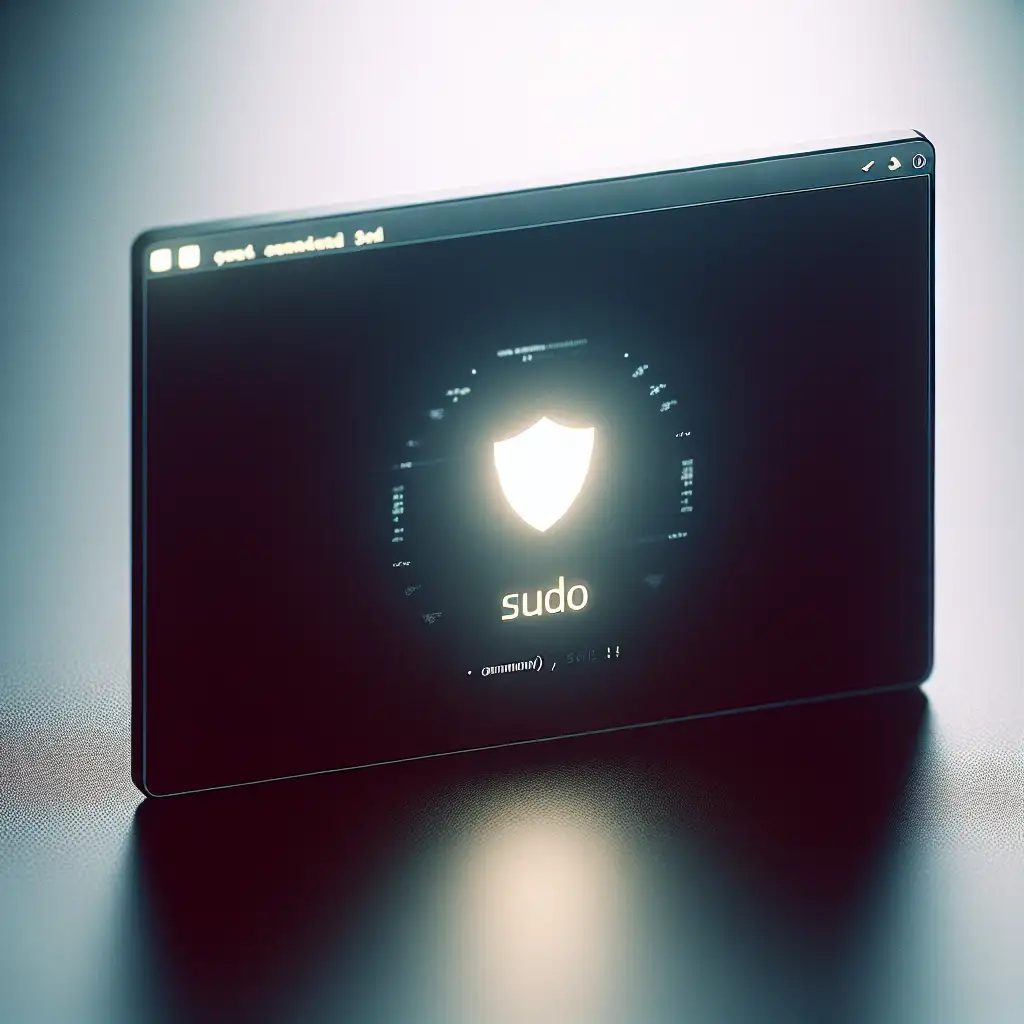Mastering Sudo: The Art of Elevated Command Control
Forget the brute force approach to root access. Learn how wielding sudo with surgical precision not only strengthens security but also streamlines your workflow, turning a basic utility into a strategic advantage.
When managing Linux or Unix-like systems, there comes a time when you need to perform tasks that require administrative privileges. While jumping directly to the root account might seem like the easiest path, it’s also the riskiest. Enter sudo: the superuser do command that unlocks temporary elevated privileges—but only as needed and in a controlled way.
Mastering sudo is essential—not just for security but for operational efficiency—so here’s your practical guide on how to become a true sudo pro.
Why Use Sudo Instead of Root?
Before diving into commands, it’s important to understand why relying on sudo is safer and smarter than logging in as root:
- Minimal attack surface: Limiting actions to what’s necessary reduces the chance of accidental system damage.
- Auditability: Every
sudocommand is logged, allowing admins to track who elevated privileges and when. - Access control: You can finely tune who can run what commands with
sudoersconfiguration. - Temporary escalation: You use admin rights only when required—not for the entire session.
Basic Sudo Usage
By default, sudo lets authorized users run commands as root or another user.
sudo apt-get update
This command runs the package update as root. After entering your password, the command executes with elevated privileges.
Tips:
- You’ll be prompted for your user password (not root’s).
- Sessions last for 5 minutes by default — so you’re not asked for every single command in quick succession.
Running Commands as Another User
You aren't limited to root alone. To run commands as another user:
sudo -u postgres psql
This example switches to user postgres and opens its interactive shell for database management.
Editing Files Safely With Sudo
Avoid repetitive sudo nano /etc/hosts. Instead:
sudoedit /etc/hosts
This lets you edit files safely, because:
- It copies the file to a temp location where you edit without permissions.
- Saves changes back after you close editor.
- It’s configured in
/etc/sudoersseparately, adding an additional layer of control.
Fine-tuning Access with The Sudoers File
The sudoers file controls who can do what. Always edit it with:
sudo visudo
Never edit /etc/sudoers directly — syntax errors can lock you out!
Granting limited permissions example:
Imagine allowing user "bob" to restart only the Apache service without full root access:
bob ALL=(ALL) NOPASSWD: /bin/systemctl restart apache2.service
This line means Bob can restart Apache on all machines (ALL) without needing a password (NOPASSWD) for just this specific command.
Using Aliases in Sudoers To Reduce Complexity
Define command aliases in /etc/sudoers:
Cmnd_Alias APACHE_CMDS = /bin/systemctl restart apache2.service, /bin/systemctl status apache2.service
bob ALL=(ALL) NOPASSWD: APACHE_CMDS
Now Bob can restart and check Apache status easily and safely.
Avoiding Common Pitfalls
- Don’t share passwords: Sudo preserves accountability since users use their own passwords.
- Be explicit: Use full paths in sudoers entries (
/usr/bin/systemctl, etc). - Limit scope: Avoid broad grants like
bob ALL=(ALL) ALL. - Use groups: Create user groups with specific permissions for easier management.
Example granting group admin limited rights:
%admin ALL=(ALL) ALL
Users part of “admin” group inherit permissions set here—easier than managing individually.
Elevate Your Workflow: Combining Sudo with Shell Features
You can chain multiple commands via sudo without needing multiple password prompts. For example:
sudo sh -c 'apt-get update && apt-get upgrade -y'
Or run interactive scripts that need privileges at different points within one session by opening a root shell temporarily (use sparingly!):
sudo -i
But remember—leaving an interactive elevated shell open increases risk!
Summary: Make Sudo Your Swiss Army Knife
Sudo is far more than just “run this as root.” It’s a finely tunable tool that helps you maintain system security while maintaining convenience and speed.
Key takeaways:
- Use
sudoinstead of logging in as root. - Edit configuration through
visudo. - Limit privileges by crafting specific rules.
- Leverage features like
sudoeditand aliases. - Always be mindful about security impact when granting rights.
By mastering these sudo skills, you turn what many see as an annoyance into one of your system administration greatest assets — efficient, secure, controlled elevation of privilege exactly where and when it’s needed.
Got sudo tips or questions? Drop them below! Let’s make elevated control simple yet powerful together.
